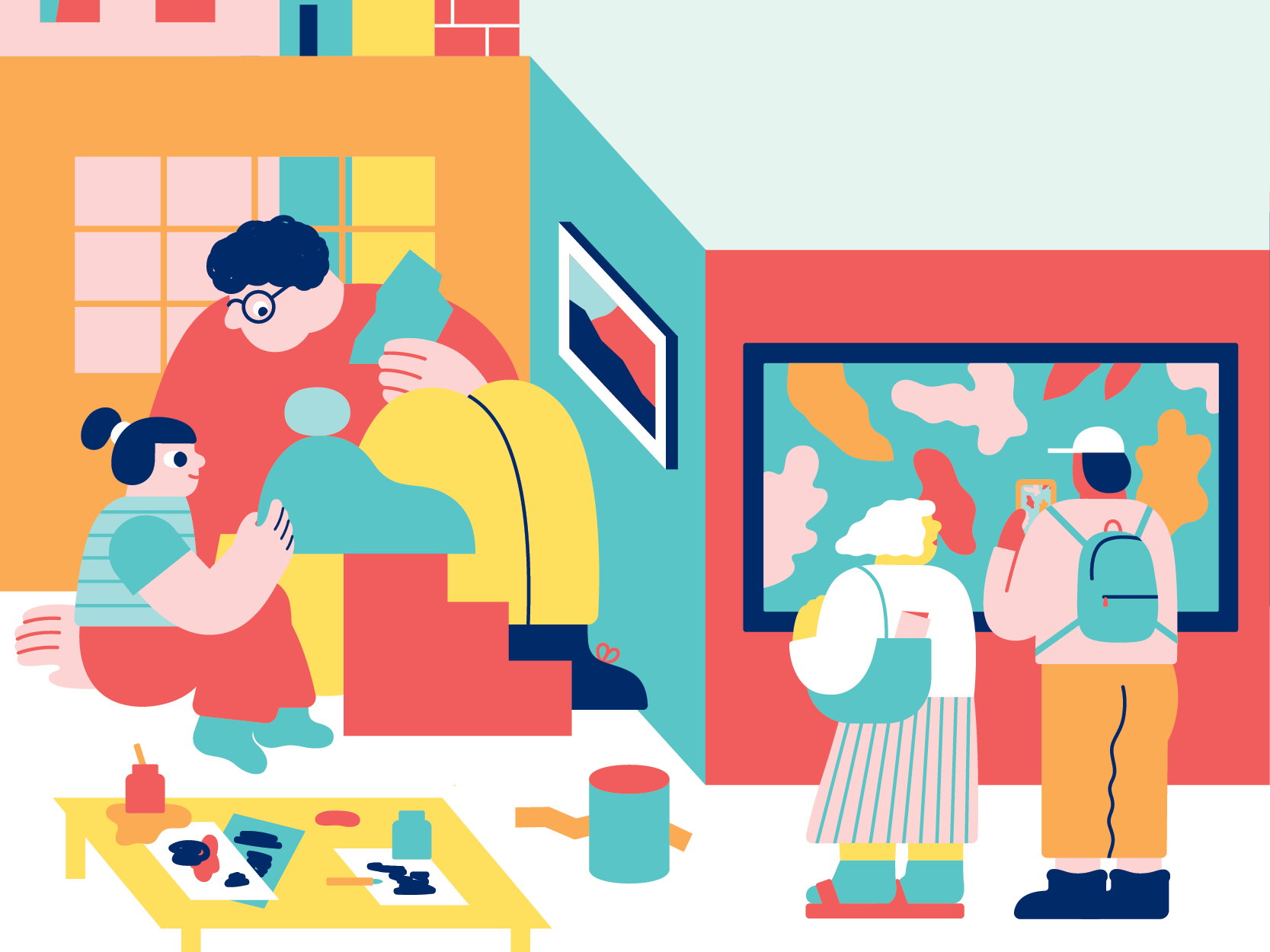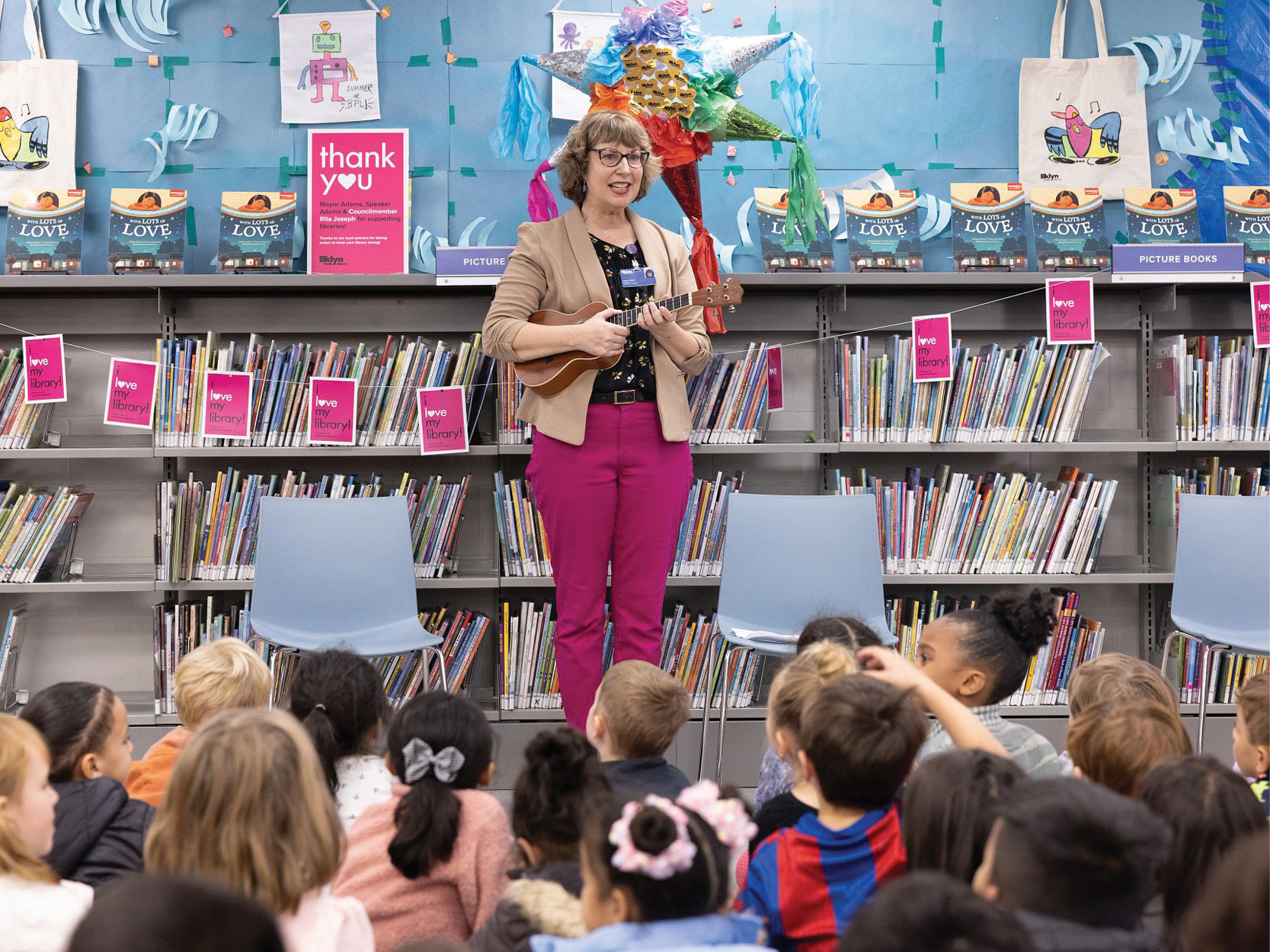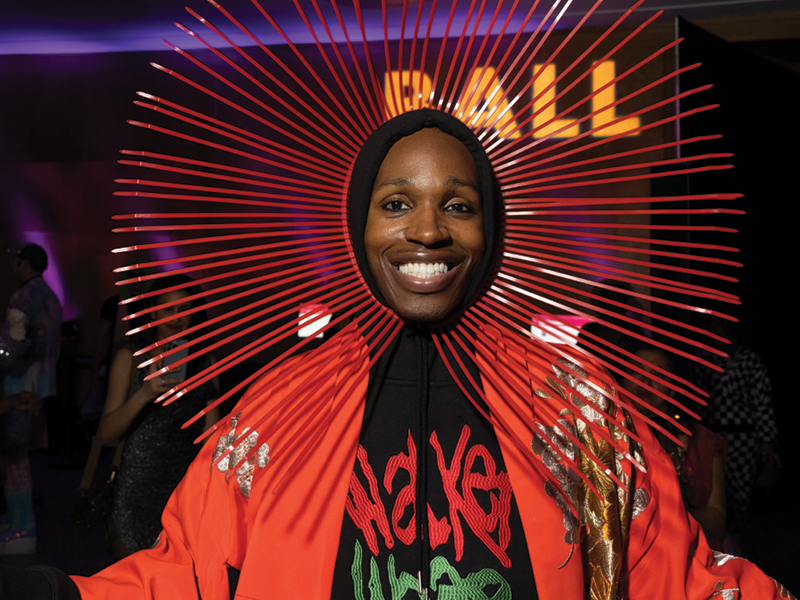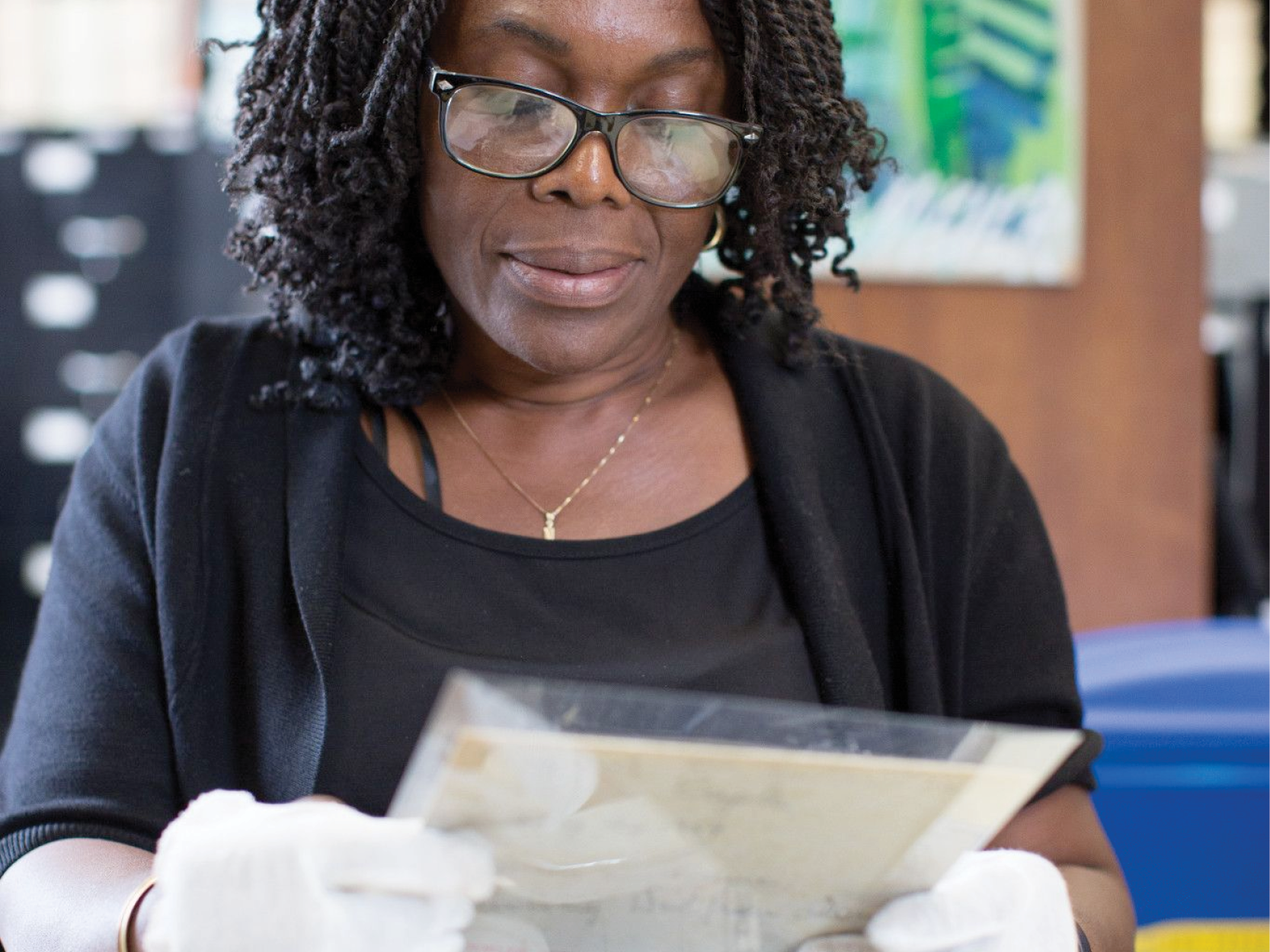
On June 26th, Pre-K and Pre-K-for-All programs all around the city graduated a new crop of Kindergarteners-to-be! My son was one of them, which made my job as Coordinator of BPL’s Ready, Set, Kindergarten! program all too real, hitting close to home in a brand new way. Even though I think about Kindergarten readiness as my job, I was not prepared for how it made me feel as a parent. It prompted me to think in a new way about all the many, sometimes mixed messages we get from varied sources about Kindergarten readiness, and to try to distill it to the most important ways I can support my child as he enters Kindergarten in the Fall.
Many schools host “Transition to Kindergarten” workshops, where teachers, principals, and parent coordinators guide us through the K curriculum, and the long list of skills Kindergarteners are now expected to have by the end of the school year. As an early childhood educator, I flinch when I hear “sight word recognition” and “reading with fluency” in the context of 4 and 5 year olds, seeing as those were first and even second grade skills not too long ago. And even though there is no credible research to show earlier equals more or better in terms of skills acquisition and reading, and may even backfire, here we are. Even Kindergarten teachers who know that many of the new requirements are developmentally inappropriate, and take time away from desperately needed areas of development like social-emotional, executive functioning, oral language, and of course time to play, which happens to be the most effective way children learn at this age across all domains, they still, in many cases, are simply required to implement this curriculum.
So, what do we do as parents to to ease the transition from play-based, experiential, child-centered learning in Pre-K, to what is more and more the norm of push-down academic Kindergarten classrooms with little to no play time and limited hands-on learning? Well, first, we take a deep breath. Second, we get to work! We are our children’s first and most important teachers. There is a lot we can do to make sure children learn the most important skill Kindergarten can offer: A love of learning.
In Ready, Set, Kindergarten, we focus on five practices that, when children engage in them in daily with a parent or caregiver, get them ready to read and ready for school. Doing them should not feel like homework, can be woven into daily routines and should above all, feel joyful. Here are some of my favorite tips and activities from Ready, Set, Kindergarten, and some books accompany them:

Reading: Read with your child everyday, in the language you know best. Read books about what interests them. Read the same books over and over (children often love to repeat favorites), but make trips to the library whenever possible so that reading remains fresh, stimulating, and interesting. Get books that you enjoy reading to them, but also get books they’ll enjoy “reading” themselves. If they love Transformers or Dora, grab a stack of series books that feature favorite characters from popular children’s TV shows. If they love dragons, search “dragons” in the catalog and read about them until their interests change. Don’t forget about non-fiction. Children love reading about their world. I especially love the Dinosaur section, and informational picture books, like this hilarious one about hippos, are also packed with joyful learning opportunities. If you need help choosing books, see your local children’s librarian at your branch, or use Bookmatch and a children’s librarian will tailor and create a booklist for your child based on their age and interests.
Talking: We’re going to be late! Get your shoes on (please)! Eat your vegetables! When we say that “talking” is a learning practice that prepares children for reading and learning, parents often say “I talk to my child all the time!” But there’s a big difference in the “business talk” of everyday, and the rich language of books and meaningful conversation. The saying used to go: “Why use a 50 cent word when a 5 cent word will do?” That is not the thinking any more. As Saroj Ghoting, Early Literacy expert, told me recently: “The thinking now is that you should use both the 5 cent and the 50 cent word.” There is nothing wrong with using rich language from an early age. Also, explain things to children. Show them that language has a purpose. You could just say: “We’re going to the store.” Or you could say: “We’re going to the grocery store, because we need to buy food to make dinner. We’re having chicken and vegetables. What kind of vegetables do you think we should get?” Then extend this conversation at the store: talk colors, quantities, textures, ingredients, and more. Children who hear more words and are asked more questions, develop more vocabulary by age three. This vocabulary gives them the background knowledge needed for reading comprehension. It also feels good. Talking to children is a way of bonding, and helps guide their behavior in a positive way. Not sure what to talk about, books are great conversation starters.
Singing: Yup. Singing is not just for babies or bedtime. Singing is a great way to teach new words--songs often have rich vocabulary that is repeated. You can even act out action words in songs which helps children develop a deeper understanding of the meaning of words. Singing slows down language, which helps children hear the smaller sounds in words, helping them with spelling and phonemic awareness later on. The rhythm and rhyming patterns in songs help children understand the rhythm and patterns of conversation, helping them speak more fluently. Lastly, singing helps children with transitions and new experiences, and even daily tasks like getting dressed, or eating dinner. Making up songs and singing them together makes the mundane more fun! You can set any words to a tune you know, like the ABC Song. If you want to brush up on some classic childhood songs, illustrated song books are a great place to start.

Writing: It’s not just writing your name! There are so many things hands have to be able to do before they’re ready to write. Some children can write the whole alphabet at 3, and others need a lot more practice just to write the letters in their name by 6. Playdough, cutting, drawing, painting, and coloring (outside of the lines) gives children the motor practice they need to eventually form letters. Have your child complete tasks that involve their hands, rather than always doing it for them--opening bottles and ziploc bags, putting on shoes and sipping up bags and coats. These are all great motor activities that help them coordinate their brain and muscle activity. Puzzles, blocks, and magnetic builders are great hand-eye coordination activities, also needed for writing. If you do want to practice letters or shapes, use shorter crayons, chalk or pencils. The standard size is too small for young children (imagine writing with one of those jumbo pencils). Break a crayon in half, and you will have the perfect size for writing. Shorter crayons and markers naturally encourage children to use the tripod grasp. Another important part of writing is print awareness--rather than using flash cards, use the world around you, and of course books! Go on letter and word treasure hunts, and point out big and expressive text in your favorite books.

Playing: Play is the way young children learn. They do it instinctively, and according to their developmental ability. Playing involves speaking, listening, choosing, self-regulating, sharing, experimenting, taking risks, and more. This helps children build an understanding of their world, and puts all that they are learning from parents, teachers, friends, and family into practice. Adults support play by asking open-ended questions (What are you making? How does it work?). You can add to their language (“I made a building”... "Yes, you made a tall building that is red and green! I wonder if it’s sturdy?”). But the most important role an adult plays in play, is making time and space for it in the hurried world of school, structured classes, screen time, and daily chores. Playtime in Kindergarten and beyond has been cut drastically in the past decade, making it more crucial than ever for parents and caregivers to make up the difference.
Learn more about Ready, Set, Kindergarten, and join us this summer at a branch near you!
This blog post reflects the opinions of the author and does not necessarily represent the views of Brooklyn Public Library.
Post a Comment
While BPL encourages an open forum, posts and comments are moderated by library staff. BPL reserves the right, within its sole discretion, not to post and to remove submissions or comments that are unlawful or violate this policy. While comments will not be edited by BPL personnel, a comment may be deleted if it violates our comment policy.
eNews Signup
Get the latest updates from BPL and be the first to know about new programs, author talks, exciting events and opportunities to support your local library.







